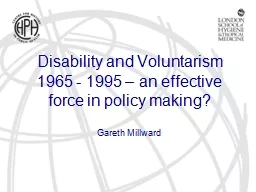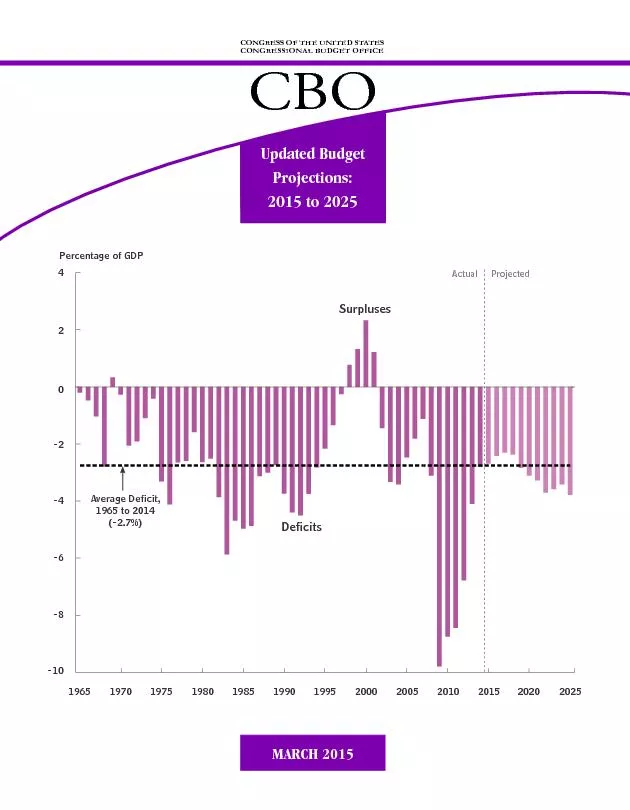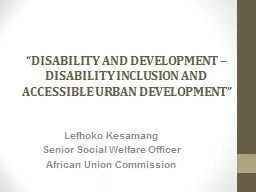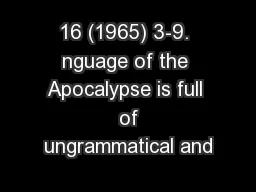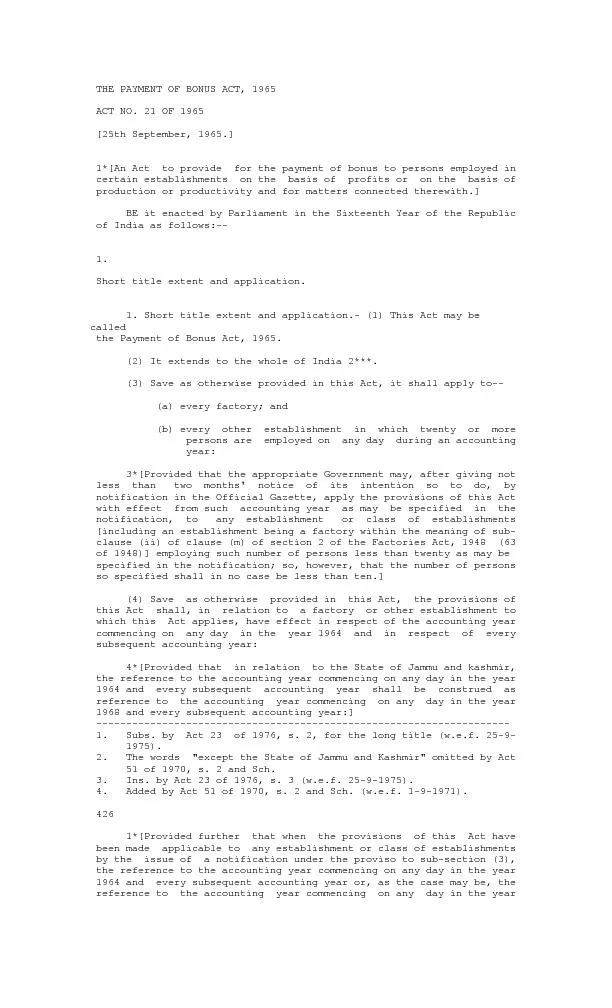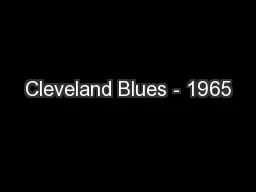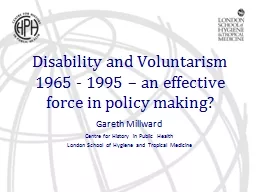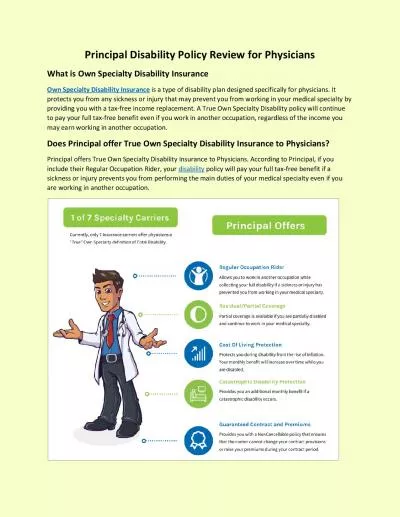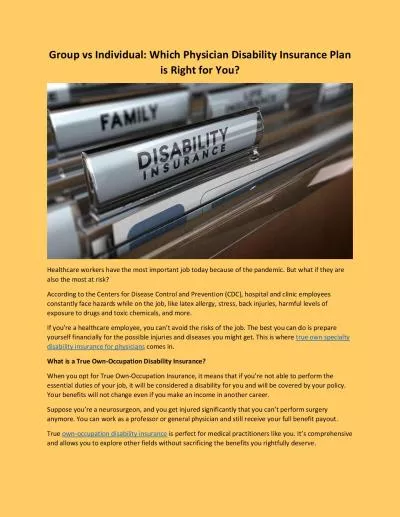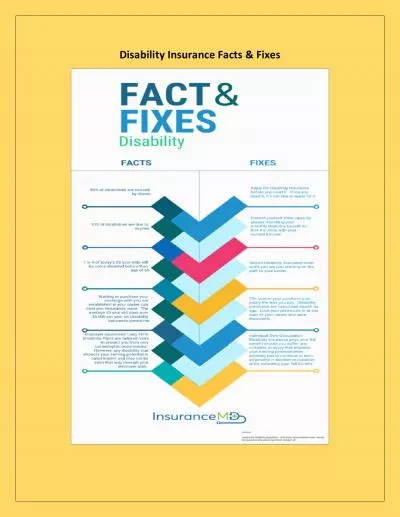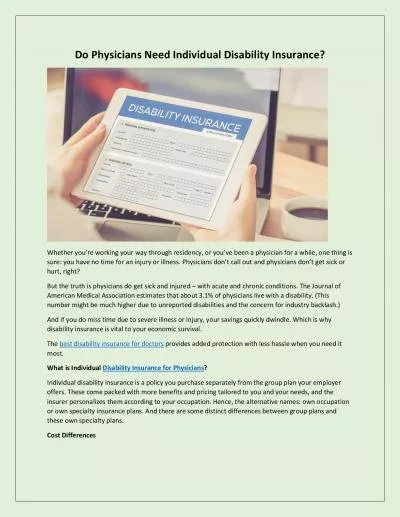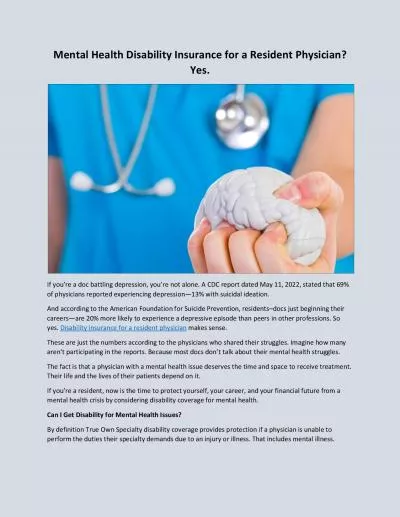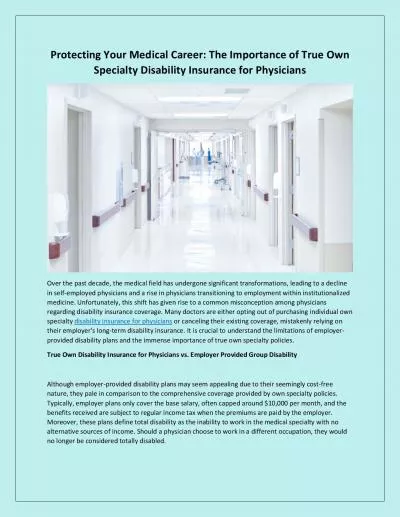PPT-Disability and Voluntarism 1965 - 1995 – an effective for
Author : pasty-toler | Published Date : 2016-07-17
Gareth Millward Aims Determine what disability meant in government Understand the interaction between government and voluntary organisations Assess how new political
Presentation Embed Code
Download Presentation
Download Presentation The PPT/PDF document "Disability and Voluntarism 1965 - 1995 �..." is the property of its rightful owner. Permission is granted to download and print the materials on this website for personal, non-commercial use only, and to display it on your personal computer provided you do not modify the materials and that you retain all copyright notices contained in the materials. By downloading content from our website, you accept the terms of this agreement.
Disability and Voluntarism 1965 - 1995 – an effective for: Transcript
Download Rules Of Document
"Disability and Voluntarism 1965 - 1995 – an effective for"The content belongs to its owner. You may download and print it for personal use, without modification, and keep all copyright notices. By downloading, you agree to these terms.
Related Documents

